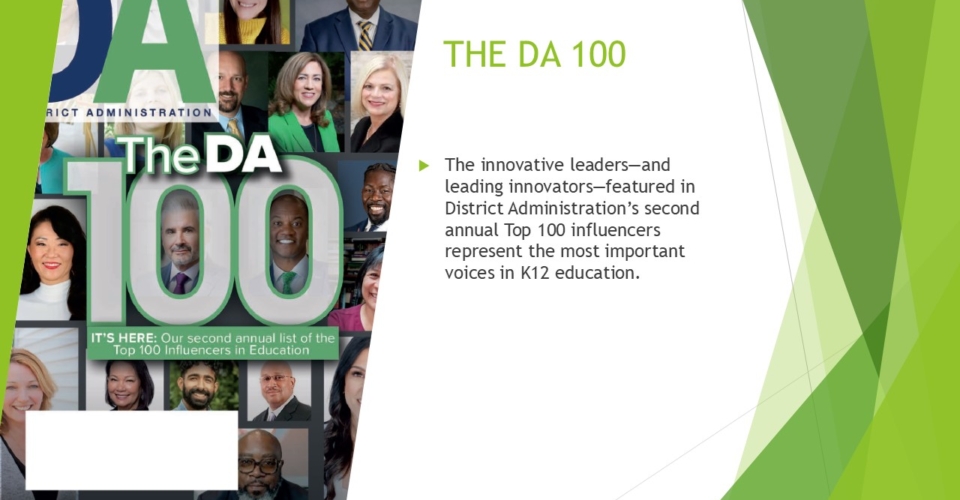Parents must take an active role in promoting digital literacy at home, says one expert. A new—and free—curriculum can help schools play their part.
Common Sense Media released its updated Digital Literacy and Well-Being Curriculum in August for students in grades K through 8. It’s designed to meet the current digital and online landscape that students are challenged with today, and it’s free.
Hannah Martinson, professional development content designer for AI programs at Common Sense Media, says the new curriculum was created in response to the concerns of teachers and parents regarding the evolving tech landscape. Social media, in particular, is impacting the mental health of younger students.
“Kids always feel pressure to compare themselves to others, especially in the world of social media,” Martinson says. “Kids need to have a foundation to understand what they’re doing online, what their digital footprint is and also have the power to take control and make safer choices online.”
She points to some of the resources offered in the new curriculum that can help, which include:
- Nearly 150 lessons, including AI literacy, with a recommended scope and sequence for each grade.
- Family resources to reinforce responsible digital habits at home.
- Professional development resources for teachers.
- Interactive and play-based learning.
- A strong emphasis on mental health and well-being.
Eisha Buch, head of teaching and learning at Common Sense Media, says the curriculum also aims to teach kids four critical skills necessary for navigating the online world: critical thinking, prioritizing the human connection, curiosity and creativity. “These are critical to the well-being of young people,” Buch says.
Digital literacy and mental health
Technology is multifaceted, and it’s difficult to label it with a blanket statement like, “tech is good” or “tech is bad,” Buch adds. It depends on the context and how students are consuming media.
“I think there’s this overuse of tech that can lead to addiction or an imbalance in the way we are prioritizing other aspects of our lives, whether it’s sleep, developing human connections or physical activity,” Buch says.
The rapid evolution of AI is one reason students must fact-check what they see online. Last month, for example, Iowa Attorney General Brenna Bird issued a back-to-school warning about deepfakes—realistic images created by artificial intelligence often used to bully or harass others.
Students must also grasp concepts of cybersecurity. Kids tend to “overshare” sensitive information online, creating a digital footprint that cybercriminals can exploit.
“There’s a whole slew of online harms related to cyberbullying that can occur,” Buch says, adding that cybercriminals are becoming more sophisticated in their approach to threatening students and schools.
Another challenge is keeping parents and teachers current on the knowledge and tools to teach digital literacy. The new curriculum helps students build “foundational skills” for responsible online technology use, Martinson notes.
These skills include developing an understanding of your own online presence and monitoring your well-being through technology usage.
“It’s less about the specific technology and more about instilling the mindset and building digital literacy skills that are long-lasting and flexible,” Martinson says.



